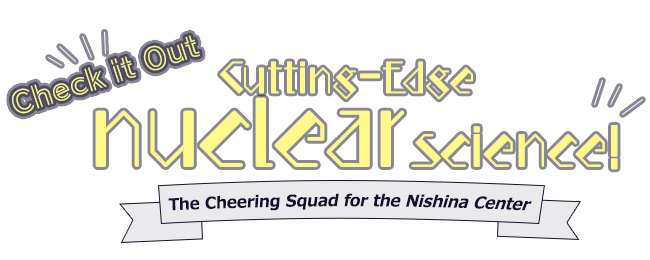
Accelerator research as a ‘comprehensive art’
Looking into the ‘depths of the universe’
Interview with Dr. Takahiro Nishi, Accelerator Basic Research Department
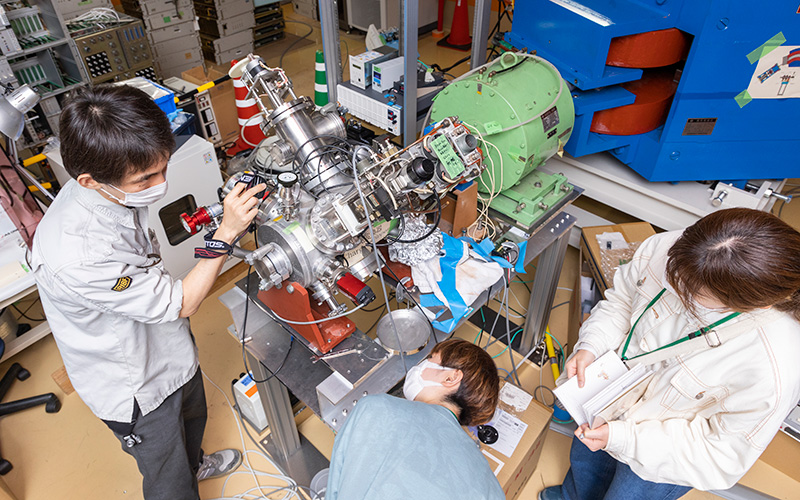
What is Dr. Takahiro Nishi’s research about?
Atoms make up all substances in nature, and they in turn are made up of a nucleus that consists of protons and neutrons, and electrons. At the Nishina Center, researchers conduct various experiments by colliding beams of atomic nuclei into each other using an accelerator.
The Accelerator Group develops technologies for stable operation of accelerators. One of the researchers there, Dr. Nishi of the RILAC Team, is working to improve beam control so as to boost the performance of the accelerator. Controlling the envelope of the beams via machine learning will make it possible to collide particles more efficiently. The team is currently conducting a demonstration experiment using a test bench to realize optimal beam control.
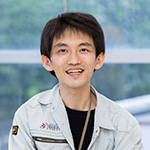
Completed his PhD in the Department of Physic at the University of Tokyo, Graduate School of Science, in 2017. He has been a Research Fellow in the Japan Society for the Promotion of Science since 2012, a Research Fellow of RIKEN since 2015, and a Researcher at RIKEN since 2021. His hobbies are photography and collecting classic camera lenses.
Q1What is on your mind when you take on new challenges in experiments and research?
Nishi: Ultimately, I want to create highly versatile technologies and methods. Imagine a site where the Nishi Method that I created is used all over the world, transcending place and time. I am pursuing this research from a desire to advance technology.
I often remember what a teacher told me when I was a student, “Conduct your research with 3, 5 and 10-year goals.” I am always working not only on the problem at hand, but also with the vision of the path of my research in the future.
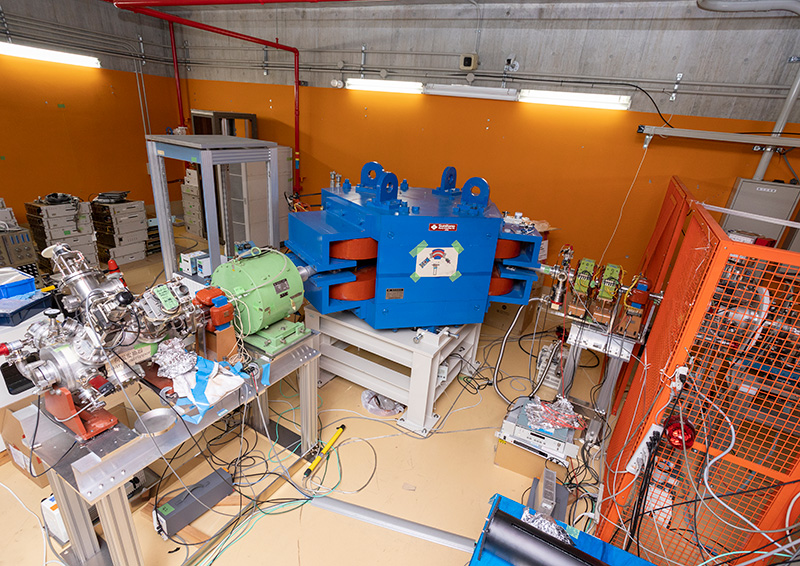
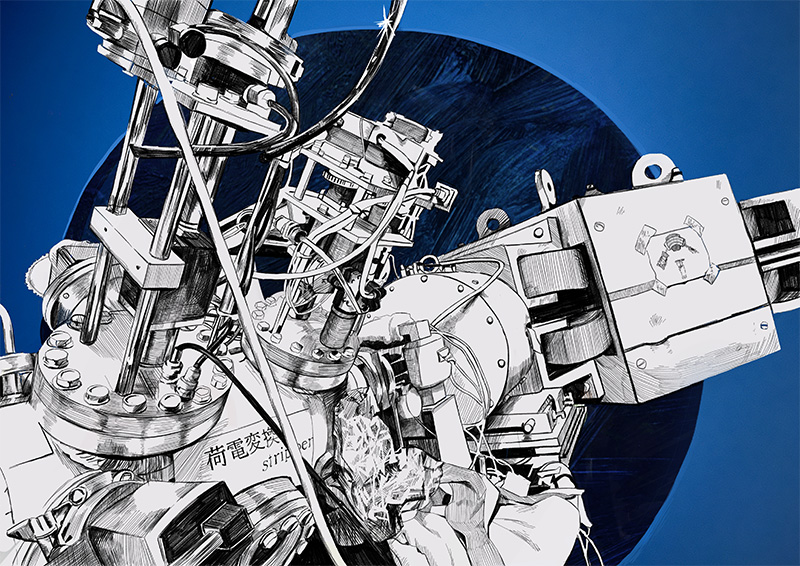
A test bench in which a demonstration experiment is being conducted to develop an optimal beam control method.
Q2What gives you joy while doing research?
Nishi: There are two types of scientists: theorists and experimentalists. As an experimentalist, I often perform simulations. The simulation is basically based on physics, so it should be very simple, but it doesn’t always quite match the experimental results. Then you can repeat the experiment under different conditions or add new effects to the simulation. I’m very happy when the simulation and reality finally match. I also think that accelerator research is a “comprehensive art” that does not work if even a single element is out of place. It’s fun to prepare for such developments, but the best moment is when you get the results of your research and think, “I’m the only one in the world who knows this.”
Q3 It seems that the research at the Accelerator Group is far removed from our daily lives. Is there anything that connects your daily life to your research?
Nishi: The ideas of mathematics, statistical mechanics, probability theory, etc., used in accelerator research can be useful in our daily lives. For example, when you look at science news about the COVID-19 vaccine or the results of social surveys, the news may be exaggerated, but the numbers may seem to me to be within the margin of error. In contrast, I can decide for myself that the news is meaningful even if most people overlook it, so it is very useful to see the world “correctly.” Also, I know through research how the environment affects the results, so I can see things with my own eyes that, for example, even the purest experiments can be very difficult and often have some bias.
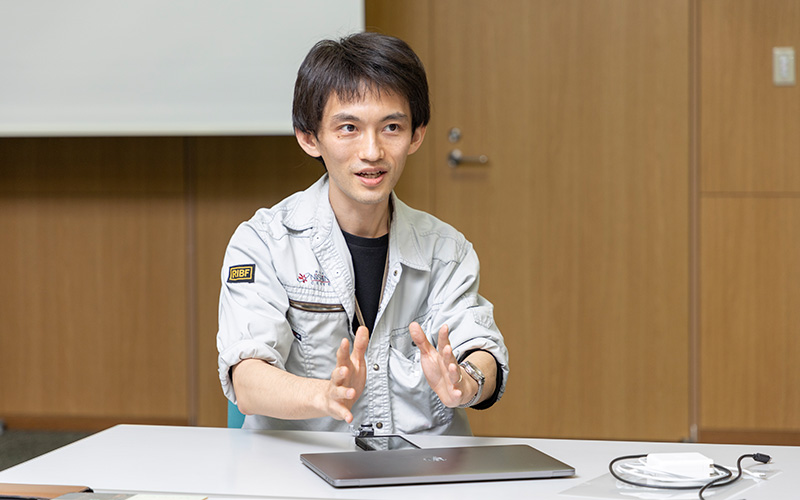
Q4Is there anything else you would like to tell our readers?
Nishi: First of all, I would like to say, “Physics and accelerators are fun!” For example, for those who like manga and especially science fiction, I would like to tell you that physics and accelerators are a way to realize the world of science fiction by yourself. In particular, it’s not an exaggeration to say that I “look into the depths of the universe” by controlling huge devices and the latest technology in accelerator research. Of course, we also have the goal of giving back the benefit of science to society, and I feel responsible for it. But I would also like to contribute to society by communicating not only such material things but also the joy of the process of diving deep into the universe’s secrets and revealing them. It would be great if the so-called “science as entertainment” were better recognized by society and more people were pursuing their dreams.

“Nishina Komachi” taken by Dr. Nishi. This new breed of cherry blossom was created using the accelerator at the Nishina Center.
(Interviewed in April, 2022)

After the interview
The interview was conducted in a warm atmosphere, and my impression of scientists changed significantly. I was strongly impressed how Dr. Nishi described accelerator research as a “comprehensive work of art.” The interview made me realize that the advancement of science and technology is achieved by many people’s contributions, through research that misses not a single tweak nor element. I would like to thank Dr. Nishi for this valuable experience.


 Superheavy Element Research Group
Superheavy Element Research Group Ion Beam Breeding Group
Ion Beam Breeding Group Nuclear Many-body Theory Laboratory
Nuclear Many-body Theory Laboratory Instrumentation Development Group
Instrumentation Development Group Radioactive Isotope Physics Laboratory
Radioactive Isotope Physics Laboratory Spin Isospin Laboratory
Spin Isospin Laboratory Nuclear Spectroscopy Laboratory
Nuclear Spectroscopy Laboratory RI Application Research Group
RI Application Research Group